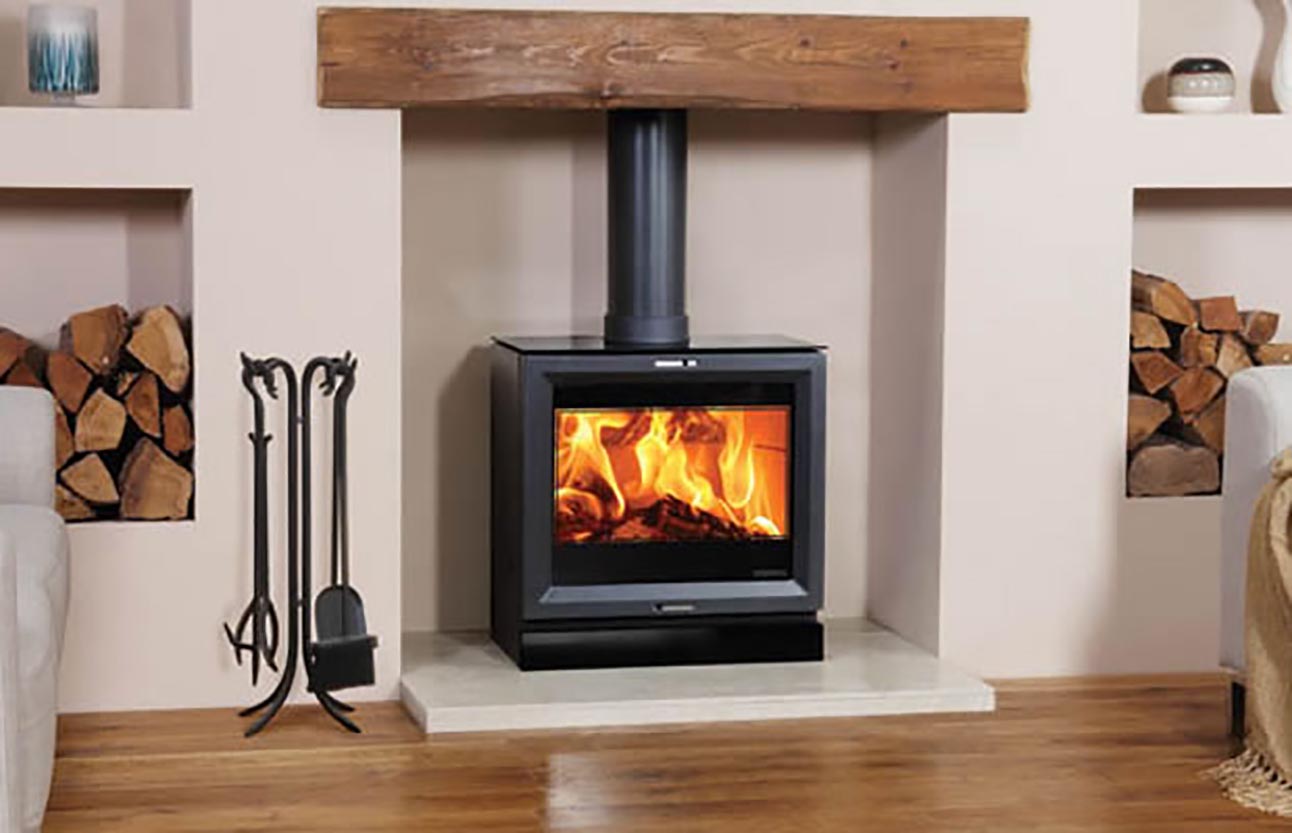Setting up a new stove is an exciting move towards enhancing your kitchen adventures. Whether you're switching to a contemporary induction cooktop or swapping out an old gas range, correct setup is essential to securing both safety and performance in your cooking space. By hiring the right stove installation specialists, you can experience the perks of a perfectly installed device that enhances your cooking abilities and integrates smoothly into your living area.
This comprehensive guide to installing stoves will provide homeowners with essential insights into the various types of stoves, necessary preparations before installation, and frequent errors to steer clear of. Including gas and electric stove comparisons to recognizing safety protocols, we will discuss everything you need to guarantee a smooth installation process. It's time to transform your kitchen and boost your cooking game with the skills of experts who know how to get the job done properly.
Stove Types: Gas vs. Gas
When it comes to selecting a stove for your kitchen, the two main options are electric. Gas cooktops are favored by many chefs and cooking enthusiasts for their accurate temperature control and immediate heat response. The flame allows for various cooking techniques, such as searing and direct grilling, which can improve the cooking experience. Additionally, gas stoves often come with the ability to adjust heat levels rapidly, making it easier to achieve the desired results for different recipes.
On the other hand, electric cooktops offer ease and ease of use. They are generally easier to clean, as there are no grates or burners to remove. Electric options, especially induction cooktops, provide effective heating and safety features like automatic shut-offs. Many homeowners appreciate that electric ranges do not require a gas line, making installation much easier in homes without any gas infrastructure.
Ultimately, the choice between gas and electric stoves relies on personal cooking preferences and kitchen requirements. https://homemakeup7.bravejournal.net/methods-to-verify-your-stove-assembly-experts-certifications should consider aspects such as the types of dishes they typically prepare, their cooking style, and the presence of gas lines in their home. This choice can significantly impact the enjoyment of cooking and kitchen functionality.
Preparation for Installation and Precautions
Setting up your kitchen for a new stove installation involves a number of crucial steps to ensure the operation goes efficiently and securely. First, tidy up the area in which the stove will be located. Take away any items, such as pots and pans and other appliances, to provide ample space for the installation. It’s also crucial to examine the existing utilities, including gas connections for gas stoves and power outlets for appliances, to ensure they meet the required specifications.
Safety should be your top priority when installing a stove. If you are opting for a gas stove, check for any signs of leaks before installation. Use soapy water to test joints in the gas line, and never ignore the odor of gas. For electric models, make sure to turn off the power at the main breaker before any work begins. Additionally, familiarize yourself with local codes and regulations to ensure compliance during the installation process.
Finally, do not underestimate the value of hiring a qualified technician for stove installation. While many people may consider a DIY approach, stove installation requires particular knowledge and skills, particularly for gas connections and electrical work. A specialist not only ensures the installation is done safely but also lowers the risk of future issues, such as gas leaks or electrical malfunctions. Focusing on professional help can lead to a smooth cooking experience in your new kitchen.
Maintenance and Problem Solving

Maintaining your stove is crucial for guaranteeing its durability and efficiency. Routine cleaning is important to stop food particles from building up, which can affect performance and lead to safety hazards. For gas stoves, regularly check for any signs of wear and tear on burner grates and ignition systems. Electric stoves need the heating elements to be checked for damage and replaced if needed. Keeping your stove clean not only improves its appearance but also helps with optimal functioning.
In addition to routine maintenance, addressing issues as they arise is crucial. If you face problems like a gas stove not igniting or an electric one not heating, always begin with checking the basics, such as power sources and connections. For gas stoves, make sure the gas supply is turned on, and for electric stoves, check that the outlet is functioning correctly. Familiarizing yourself with frequent issues and their solutions can save you time and hassle rather than having to wait for a professional to arrive.
Lastly, understanding when to call a professional is vital. If you've attempted basic troubleshooting and the issue persists, or if you think there might be a gas leak, immediate professional assistance is necessary. They have the knowledge to diagnose complex problems, ensuring that your stove operates safely and efficiently. Regular maintenance checks by a qualified technician can also assist prevent bigger issues down the line, keeping your cooking experience seamless and enjoyable.
